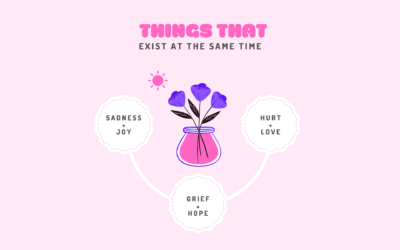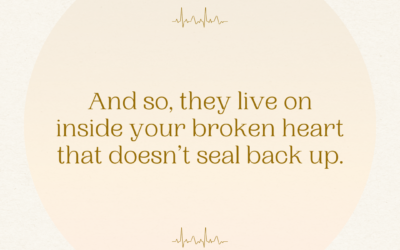Knowing how to provide support during times of hardship or crisis can make a significant difference in someone’s life. The Ring Theory, developed by clinical psychologist Susan Silk, offers a framework for offering support. Specifically, Ring Theory provides a framework for offering support that centers around the needs of the person experiencing the crisis. In this blog we will explore the key principles of this theory and its practical implications for providing effective support.
The Concept of the Ring Theory
At its core, the Ring Theory outlines a model for providing support during times of crisis. It is based on the idea of concentric circles. The person who is directly affected by the crisis is at the center of these concentric circles. Surrounding circles represent their closest relationships, with each circle representing a different level of connection to the individual in need.
Understanding the Circles
- Center Circle: The innermost circle contains the person experiencing the crisis. This individual is at the heart of the support network and should be the primary focus of empathy and assistance.
- Immediate Family and Closest Friends: The next circle consists of the individual’s immediate family members and closest friends. These individuals have the strongest emotional connection to the person in need. They play a crucial role in providing support.
- Extended Family and Close Friends: The third circle includes extended family members, colleagues, and friends. They are also close to the individual but may not be directly involved in the individual’s day-to-day life.
- Acquaintances and Casual Friends: The outer circles comprise acquaintances, colleagues, and distant friends who may have a connection to the person in need but are less emotionally involved.
According to the Ring Theory, each concentric circle is advised to “comfort in” and “dump out.” This means that individuals in the outer circles may talk about their stress to anyone in the larger circles but must provide comfort and support to those in smaller circles.

Practical Application of the Ring Theory
When applying the Ring Theory, it is important to prioritize the needs of the person at the center of the crisis. Instead of burdening that person with our own emotions or seeking validation for our feelings, we should focus on offering comfort, practical assistance, and a listening ear.
- Offer Comfort, Not Complaints: Prioritize the needs and emotions of the person in crisis over your own. Offer words of comfort, empathy, and practical support.
- Listen Without Judgment: Provide a safe space for the person to express their feelings without fear of judgment or criticism.
- Respect Boundaries: Understand that everyone copes with crisis differently. Respect the person’s boundaries and preferences for receiving support.
- Provide Practical Assistance: Offer tangible help such as running errands, preparing meals, or providing childcare to alleviate some of the person’s burdens.
- Avoid Sharing Your Own Struggles: Refrain from sharing your own struggles unless explicitly invited to do so. Focus on validating the person’s feelings and experiences instead.
Additional Considerations
Beyond understanding the core principles of the Ring Theory, it’s important to recognize that providing support during a crisis can be complex and multifaceted. There are many considerations that one needs to keep in mind. Here we list some:
- Cultural Sensitivity: Different cultures may have unique approaches to coping with crisis and seeking support. Be sensitive to cultural norms and preferences when offering assistance.
- Self-Care for Caregivers: Supporting someone in crisis can take a toll on your own emotional well-being. Remember to prioritize self-care and seek support from your own network when needed.
- Professional Resources: In some cases, the support needed may go beyond what friends and family can provide. Seek professional help or refer the individual to appropriate resources if necessary.
Where can you get more information
- Ring Theory Helps Us Bring Comfort In – Psychology Today article discussing the principles of the Ring Theory and its application in supporting individuals in crisis.
- The Comfort in, Dump Out Theory Explained – Psychology Today article providing an overview of the Comfort in, Dump Out Theory and its relevance in offering support during difficult times.
- Circle of Grief: The Art of Supporting in, Complaining Out – PsychCentral article offering insights into the Ring Theory and practical tips for providing support to individuals facing adversity.
By understanding and applying the principles of the Ring Theory, we can provide meaningful support to those who need it most, fostering a culture of empathy, compassion, and understanding.




0 Comments